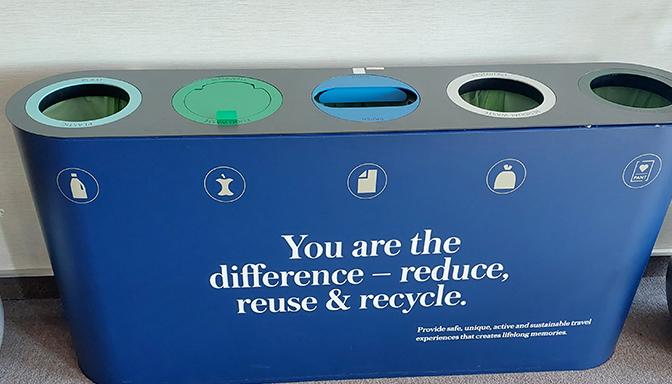Sustainable cruise tourism in Norway (SCRUTINY): A sociocultural multimodal exploration
Sustainable cruise tourism in Norway (SCRUTINY): A sociocultural multimodal exploration

Tourism plays an important economic role in the Nordics and is high on the agenda of the Nordic Council (The Nordic Council & the Nordic Council of Ministers 2021). The extensive Norwegian coastline provides for one particular type of tourism, i.e., cruise tourism, which has a long-standing tradition among tourists to and in Scandinavia. Established in the 19th century to transport goods along the coast, the “Hurtigruten” Group still maintain daily traffic, transporting cargo and passengers. The black, white and red ships hence play an important role in Norwegian everyday life, with tourists roaming the streets from Bergen to Hammerfest. It is this importance that warrants an analysis of the discourses around cruise tourism and Hurtigruten in Norway, as envisaged by the project.
Besides its relevance for the Nordics and Norway, tourism is an intriguing object of analysis for sociocultural researchers in general. Sociolinguistically, tourism produces interesting contact phenomena in highly diverse social, cultural and linguistic spaces, created as travelers take their languages with them offline and online. Besides the phenomena that emerge in language used by tourists, discourses about tourism and their perception are equally interesting from a sociocultural point of view. The project aims at investigating discourses on advertising cruise tourism and Norwegian culture in Norway, as well as the perception of those discourses.
The following research questions are at the center of the project and are investigated based on questionnaire and linguistic landscaping data:
- How do the main stakeholders of the tourist space, i.e., tourists and Norwegians, perceive discourse on cruise tourism in Norway?
- Are the central themes of online tourism discourse relating to Hurtigruten and cruise tourism in Norway also present in offline discourses as exhibited in linguistic landscapes?
The Research group SOCIAL – Semiotics Of Communication In interActive Languaging
Activities
Activities
17 November 2023, Trondheim. Workshop on sustainability discourses in Norwegian cruise tourism; organized by Susanne Mohr & Tatjana Schnellinger.
14 May 2024, Trier, Germany. Sustainability and Tourism: Interdisciplinary Perspectives symposium.
1. Talk by Susanne Mohr, Constanze Ackermann-Boström, Tatjana Schnellinger & Marie-Louise Brunner on "Under SCRUTINY – Exploring multimodal sustainability discourses in Norwegian cruise tourism"
2. Talk by Giuanna Caviezel on "Dealing with multimodal data. Issues, tools, and first insights on the SCRUTINY project"
27-29 June 2024, Sheffield, UK. Poetics and Linguistics Association conference, SIG Ecostylistics. Talk by Susanne Mohr, Marie-Louise Brunner & Tatjana Schnellinger on "The semiotic landscape of cruise tourism in Norway - Stylistic considerations on multimodal sustainability discourses".
26-28 September 2024, Alicante, Spain. Biennial International Conference on the Linguistics of English, workshop on language and urban space. Talk by Marie-Louise Brunner & Susanne Mohr on "Multimodal and multilingual practices in 'floating cities'? – Sustainability discourses as a factor in identity negotiation".
